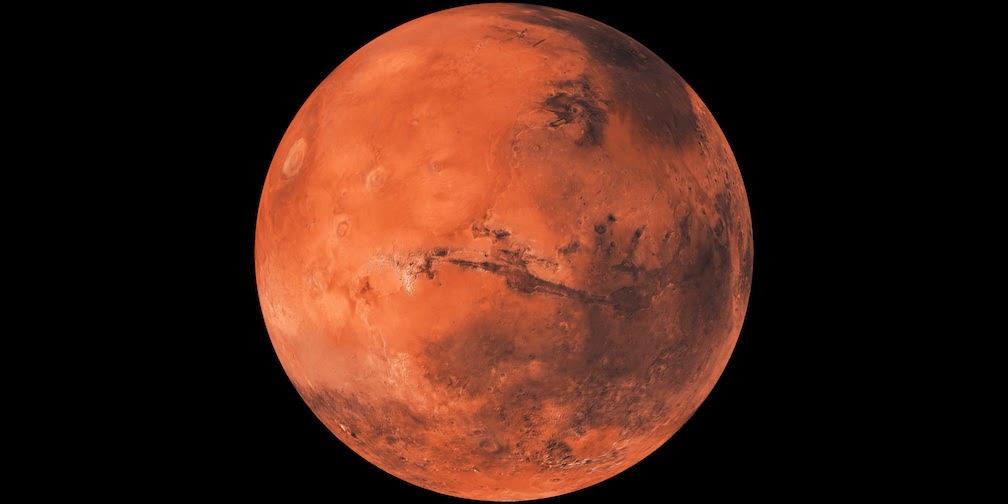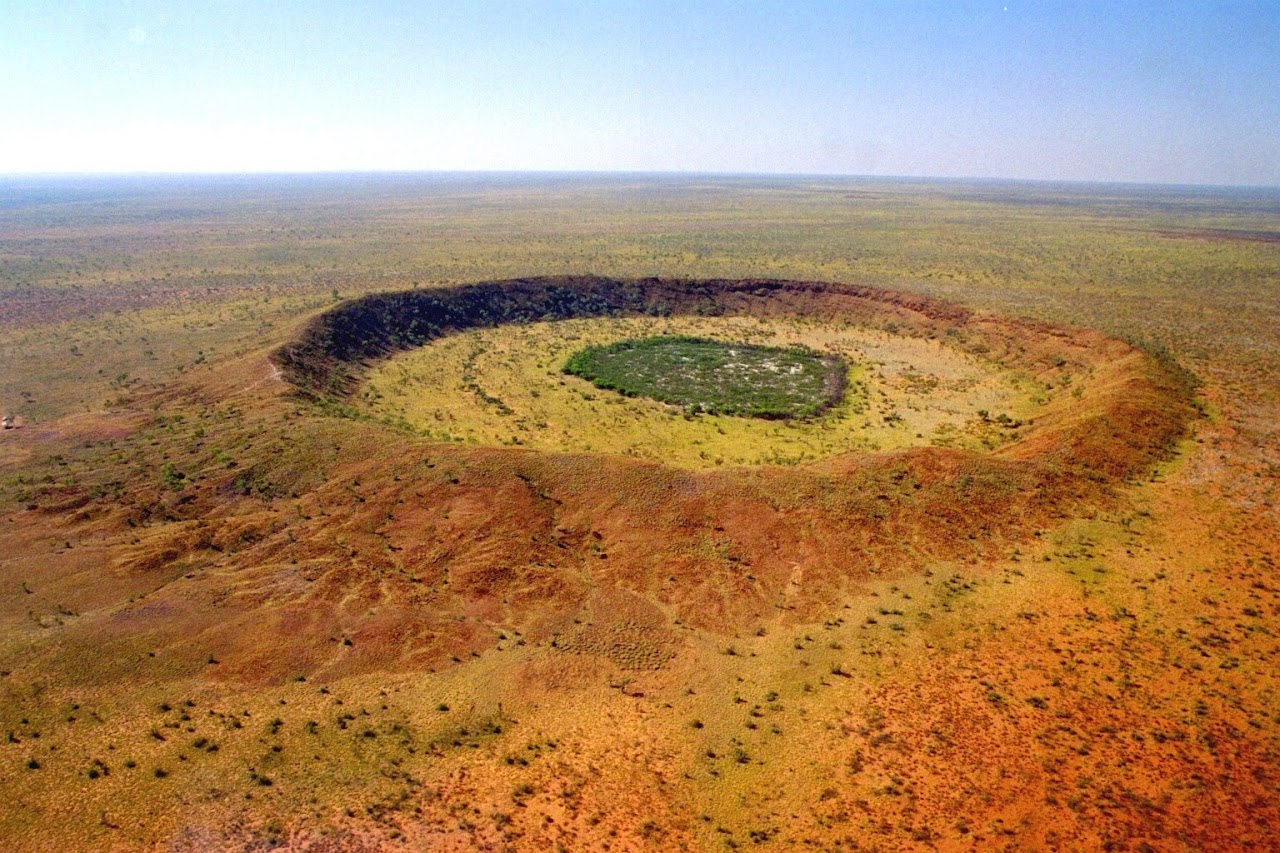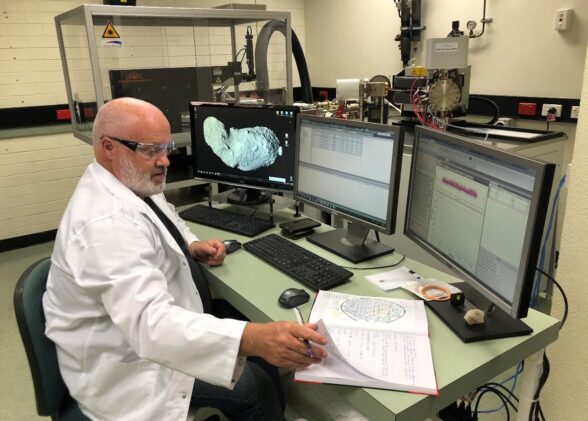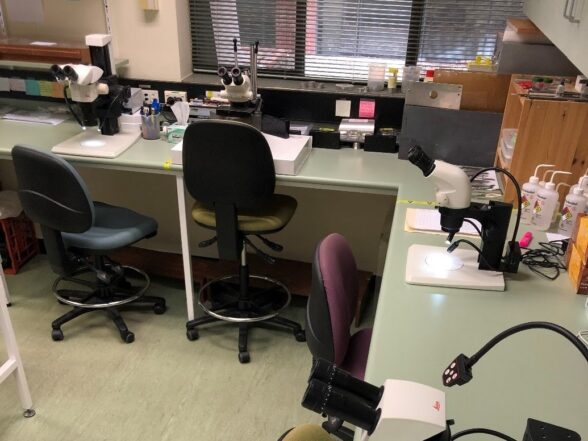Western Australian Argon Isotope Facility
The Western Australian Argon Isotope Facility (WAAIF) specialises in applying the argon-argon (40Ar/39Ar) dating method to rocks and minerals that contain potassium, including hornblende, sanidine, plagioclase and basalts.
The WAAIF focuses both on the application and development of 40Ar/39Ar techniques to establish temporal constraints on geological processes including the eruption of large igneous provinces, the formation of impact craters and the thermal history of meteorites.
We also host a range of geoscience-related research topics, including ore deposits, metamorphic petrology and provenance studies.
Techniques
The facility uses a high-powered laser gas-extraction system for geochronology and thermochronology applications. We can date the following minerals:
- Micas – muscovite, biotite, phengite
- Feldspars – K-feldspar and plagioclase
- Amphiboles – hornblende, glaucophane
- Whole rocks – volcanic groundmass, slates, phyllites
- Pyroxenes – augite, orthopyroxene, clinopyroxene
- Feldspathoids – leucite, nepheline
- Clays – celadonite (hard aggregates)
- Sulphates – alunite (hard aggregates), jarosite
- Evaporites – polyhalite, langbeinite
- Glass – obsidian, tektites, pseudotachylite, chondrule
- Manganese oxides – cryptomelane, hollandite
- Tourmaline – schorl, dravite, elbaite
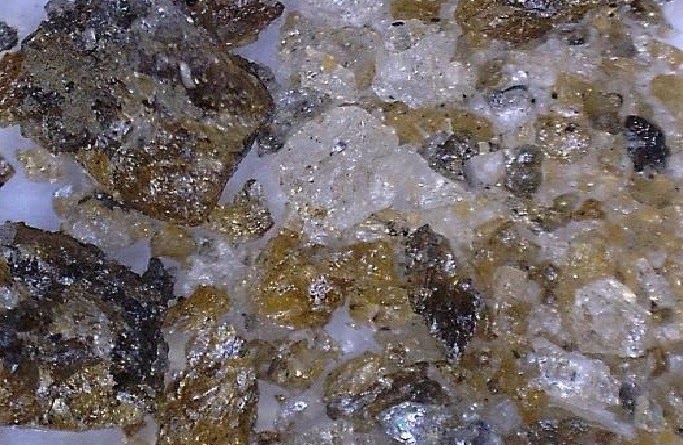
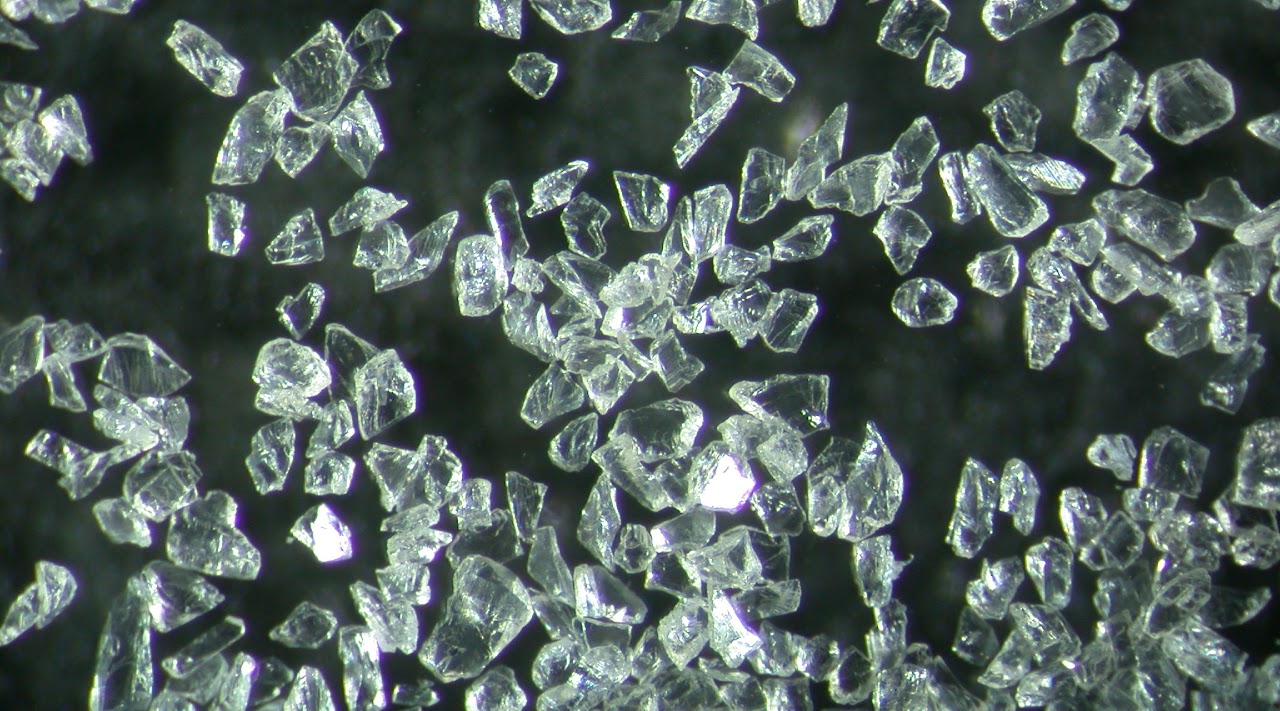
Argon-argon method and applications
The argon-argon method utilises the natural decay of Potassium-40 (40K) to 40Ar and the induced conversion of the 39K isotope to gaseous AR (in a nuclear reactor), which enables simultaneous measurement of the parent and daughter isotopes in the same aliquot.
The method is used to measure the age of samples, such as meteorite samples as old as the Earth (4.5 billion years), and date historical geological events, such as the Vesivius eruption (79 AD). Using 40Ar/39Ar dating, researchers can date geological events related to volcanism, such as tectonic plate movements, mountain-building rates, sediment formation, weathering and erosion, hydrothermal fluid movements, and the alteration and diagenesis of minerals.
Specific applications include:
- Timing of volcanic eruptions and magmatic episodes
- Dating igneous rock crystallisation ages and thermal histories
- Determining ages of terrestrial impact craters
- Dating of deformation events
- Dating of sediments: sedimentary provenance studies
- Determining thermal histories of metamorphic rocks
- Dating paleaomagnetic sequences
- Dating meteorite and lunar samples
- Dating of hydrothermal and alteration events
- Dating of authigenic growth events
- Determining ages and thermal events of sandstone feldspar cements
40Ar/39Ar dating allows much smaller samples to be dated, and offers more age and composition information. Minerals that can be analysed at the WAAIF include:
- Amphiboles: hornblende, glaucophane
- Clays: celadonite (hard aggregates)
- Evaporites: polyhalite, langbeinite
- Feldspars: K-feldspar and plagioclase
- Feldspathoids: leucite, nepheline
- Glass: obsidian, tektites, pseudotachylite, chondrule
- Manganese oxides: cryptomelane, hollandite
- Micas: muscovite, biotite, phengite
- Pyroxenes: augite, orthopyroxene, clinopyroxene
- Sulphates: alunite (hard aggregates), jarosite
- Tourmaline: shorl, dravite, elbaite
- Whole rocks: volcanic groundmass, slates, phyllites
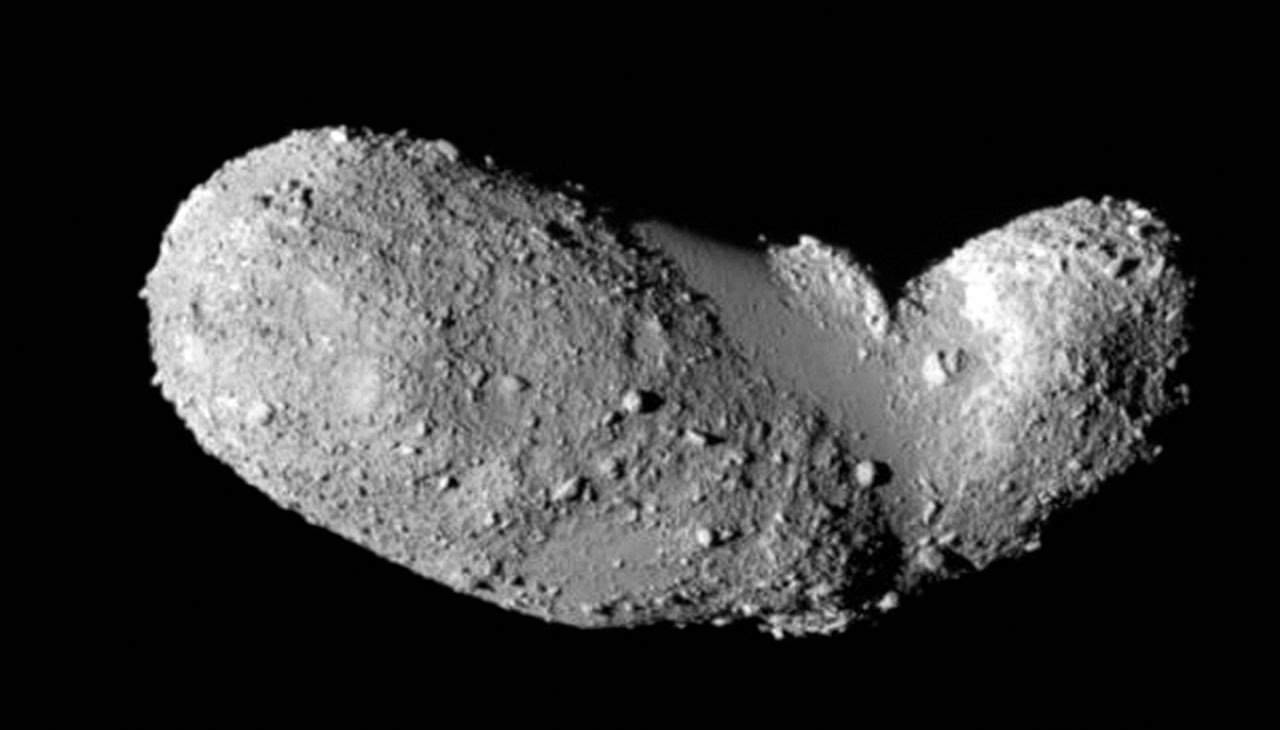
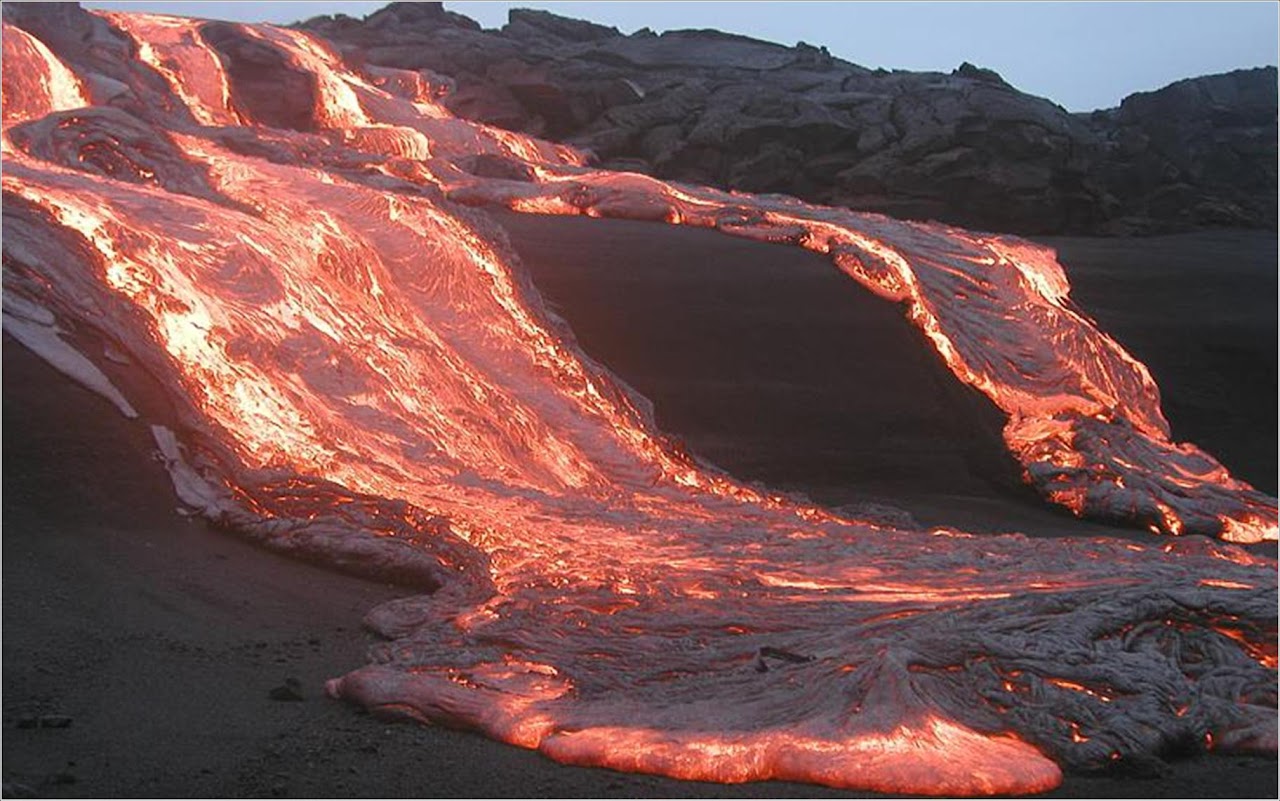
WAAIF instruments
The WAAIF has a range of sample preparation tools, including a Selfrag machine that uses high voltage pulses to break rock along mineral boundaries), a Frantz magnetic separator, and high-resolution binocular picking microscope and cameras.
Argus VI multi-collector noble gas mass spectrometer
The WAIFF has an ARGUS VI (ThermoFisher Scientific), a new generation low-volume multiple collector noble gas mass spectrometer (MC-NG-MS) equipped with five Faraday cups and an CDD multiplier. Our ARGUS VI set-up has:
- 10^12 (on mass 40, 38 and 37) and 10^13 (on mass 39) -ohm resistor faraday collectors and an ultra-low background CDD (ion counter) multiplier on mass 36.
- A dedicated ultra-low volume custom noble gas extraction line equipped with a PhotonMachine CO2 laser capable of delivering a homogeneous laser beam of up to 6mm wide.
- Two AP10 and a GP50 SAES getters and an electric cryocooler, to purify a range of gas loads (from single grain extraterrestrial sample to hundreds of mg of thousand years old samples).
The advantages of the set-up include:
- Better sensitivity that allows the measurement of a larger dynamic range of the Ar ion beam signal on much smaller (thus likely purer) and younger sample aliquots, and provides analytical precision 4–10 times better than previous generation instruments.
- Analysis of phases that are poor–ultra-poor in K (e.g. pyroxene, chondrules), due to the 10^13 ohm resistor equipped on the Faraday associated with mass 39.
- Much faster sample analysis (30–35 analyses/day compared with 10–12 analyses/day for single collector instruments)
- Automated operation that can be controlled remotely via VNC iPhone technology.
The WAAIF recently received an Australian Research Council LIEF grant for the purchase and installation of a second ARGUS VI, which has technological improvements (retrofittable). The new instrument is expected to be installed in early 2022.
Facility rates
Rates are in AUD and are ex-GST. (GST is applicable for Australian clients.)
Conventional step-heating analysis
- Consortium (Curtin University/UWA/LIEF partners only): $695 * (plus processing costs)
- Collaborative research: $1,050 (plus processing costs)
- Commercial (step-heating analysis and sample preparation): $3,995 (flat rate)
Sample preparation and processing
Sample preparation: $200–$690, depending on time required. Processing costs can be reduced significantly if crushed rock or a concentrate of the target mineral is supplied.
Examples:
- Processing/picking typical plagioclase from basalt rock: $690.00 max
- Processing/picking typical ground mass from basalt rock: $460.00 max
For an estimation or quote, please email the laboratory manager, Celia Mayers, on celia.mayers@curtin.edu.au
Research
WAIFF can potentially accommodate any research project that involves Ar isotopes. Our recent and current projects include:
- 40Ar/39Ar dating and isotopic geochemistry of large igneous provinces (CAMP, Karoo, Umkondo, Kalkarindji, Madagascar, Ethiopia) and relation with mass extinctions and continental breakup
- 40Ar/39Ar dating and thermochronology of meteorites (impact, volcanism)
- 40Ar/39Ar dating of impact craters and relation between impact and mass extinction
- 40Ar/39Ar methodological development (standard calibrations, 39Ar and 39Ar recoil, inherited and excess 40Ar, 40K decay constant and alteration effect)
- 40Ar/39Ar geochronology of volcanoes and small volcanic provinces (Hawaii, Tore Madeira rise, Heard Island)
- 40Ar/39Ar geochronology and thermochronology of Shear zones (Argentina, Thailand, Spain, Australia)
- Thermochronology of metamorphic phases (mountain building processes)
